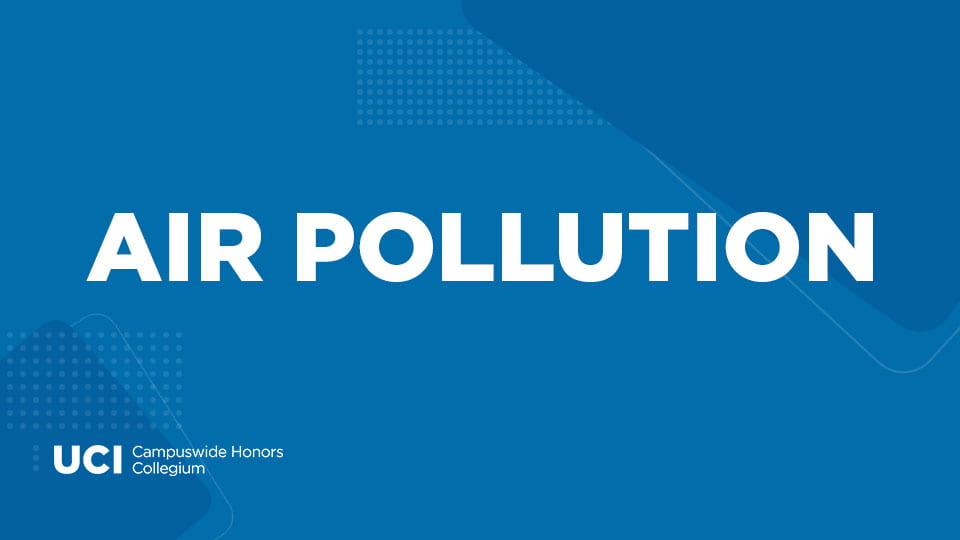The Need for More Pedestrian Space During COVID-19
Abstract
Increasing pedestrian space is vital in keeping COVID-19 transmission rates low, especially in a densely populated city like New York. Our proposed solution is to transform streets with light vehicular traffic into pedestrian-dominated spaces. That said, we strove to design a solution that focused on public health, social equity, and transportation accessibility, while also being flexible, scalable, and sustainable. Streets closed for the short-term would utilize additional infrastructure such as analysis of real- time foot-traffic data to identify high density areas and green space barriers to enforce social distancing and build community. In order to adapt to New York’s real-time traffic and transportation needs, we have prepared multiple alternative streets to close down. In the long-term, some streets would be closed permanently and painted light grey to increase albedo; Rollas and Electric Tiles would be implemented to generate economic incentives and to facilitate a smooth transition to our solution. The viability of our plan is demonstrated as we explore the political, socio-economic, and technological feasibility and the potential effects on New York City’s stakeholders. Funding for this project would be obtained through congestion pricing, raising taxes, and/or public-private partnerships. We intend to collect data from several resources such as peer-reviewed research, pedestrian behavior and COVID-19statistics, and sustainability policies from this class. Finally, a cost-benefit analysis will be done to identify quantifiable metrics and analyze how our plan affects New York’s communities.



